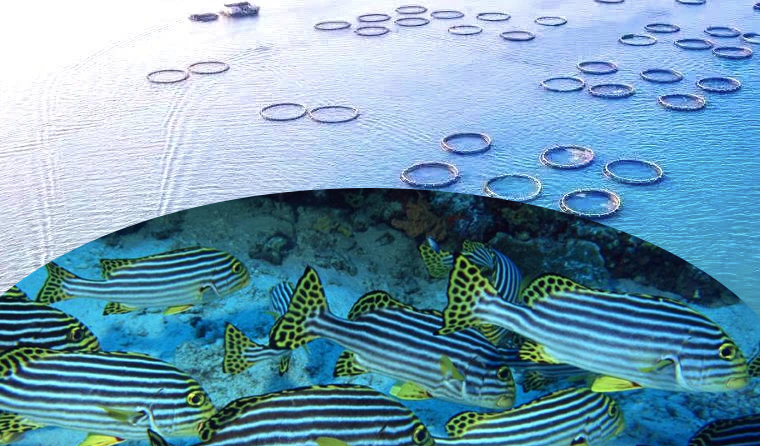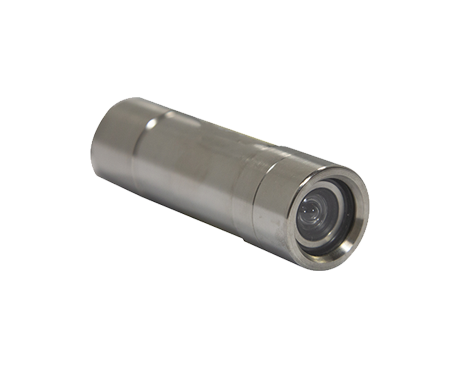
There is no fixed standard for the number of underwater breeding cameras required for seabed breeding, which mainly depends on four key factors: breeding scale, breeding mode, monitoring accuracy requirements and breeding species habits. From small bottom-sowing areas of tens of square meters to deep-sea breeding areas of tens of thousands of square meters, the number of configurations can range from 1-2 to dozens. Scientific planning needs to balance full monitoring coverage and cost control.
For small-scale seabed breeding scenarios (such as grouper and sea cucumber bottom-sowing areas with an area of 50-200 square meters), usually 1-2 cameras are sufficient to meet the needs. Such scenarios have concentrated breeding ranges, and wide-angle high-definition pressure-resistant models can be selected, installed in the center of the breeding area or key observation points, and cover most areas with a wide-angle lens of more than 120°. If the breeding species have hidden habitat characteristics (such as sea cucumbers), an additional camera with light compensation can be installed in the hidden area to ensure no dead ends in monitoring.
For medium-sized seabed breeding scenarios (such as cage breeding or mixed breeding areas with an area of 200-1000 square meters), 3-8 cameras are required to form a monitoring network. The principle of "zoned coverage + key monitoring" should be adopted: install 1 basic monitoring camera around and in the center of the breeding area to cover the overall area dynamics; add high-definition cameras with real-time transmission functions at key locations such as feeding areas and seed release areas to accurately monitor feeding conditions and seed growth status. If the breeding area has complex terrain (such as many reefs), the number of cameras needs to be increased according to the terrain to avoid monitoring blind spots.

For large-scale and deep-sea breeding scenarios (such as intelligent breeding pastures with an area of more than 1000 square meters), the number of camera configurations needs to be more than 10, combined with an intelligent linkage system. Such scenarios require the construction of a comprehensive monitoring system: install 1 pressure-resistant camera every 50-100 meters along the boundary of the breeding area to form a peripheral monitoring circle; divide the interior into areas according to grids, and configure 1-2 cameras with intelligent recognition functions in each grid to monitor fish schools, disease signs, etc.; at the same time, equip a mobile camera on the underwater robot to realize dynamic inspection and make up for the limitations of fixed cameras.
In addition, the activity characteristics of breeding species also affect the number of configurations: for species that move in the middle and upper layers such as tuna, due to their wide activity range, it is necessary to reduce the coverage of a single unit and increase the density of cameras; for benthic species such as flounder, the coverage of a single unit can be appropriately expanded to reduce the number of configurations. It is recommended to conduct simulated layout first in combination with breeding planning, and adjust the position and number of cameras through on-site testing to achieve a balance between "accurate monitoring + economic efficiency".
For more information about underwater aquaculture camera, please visit the homepage.